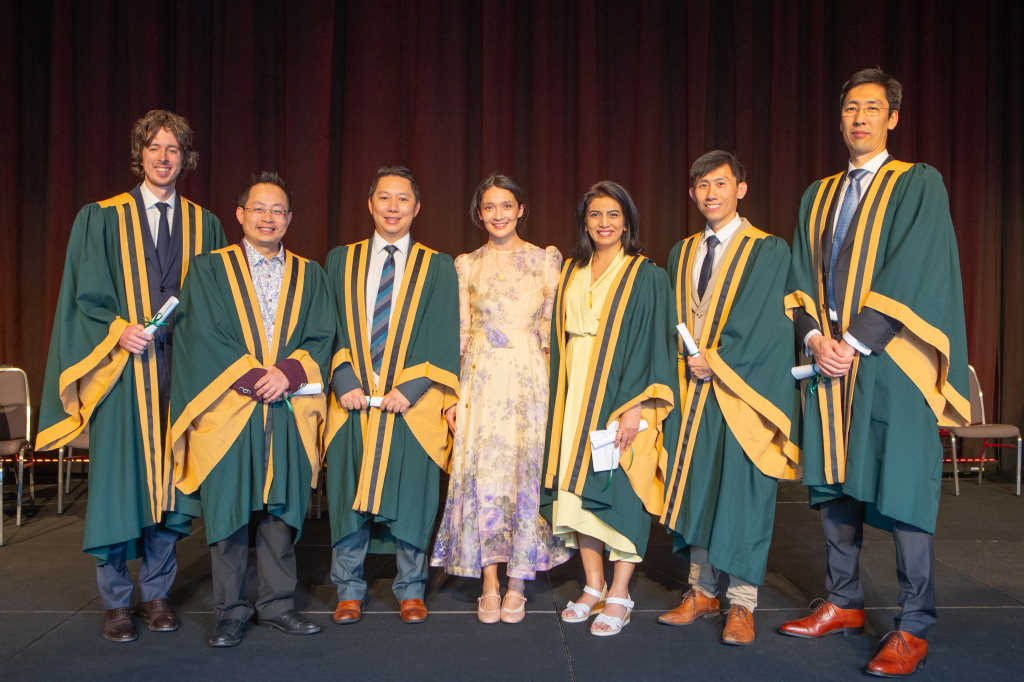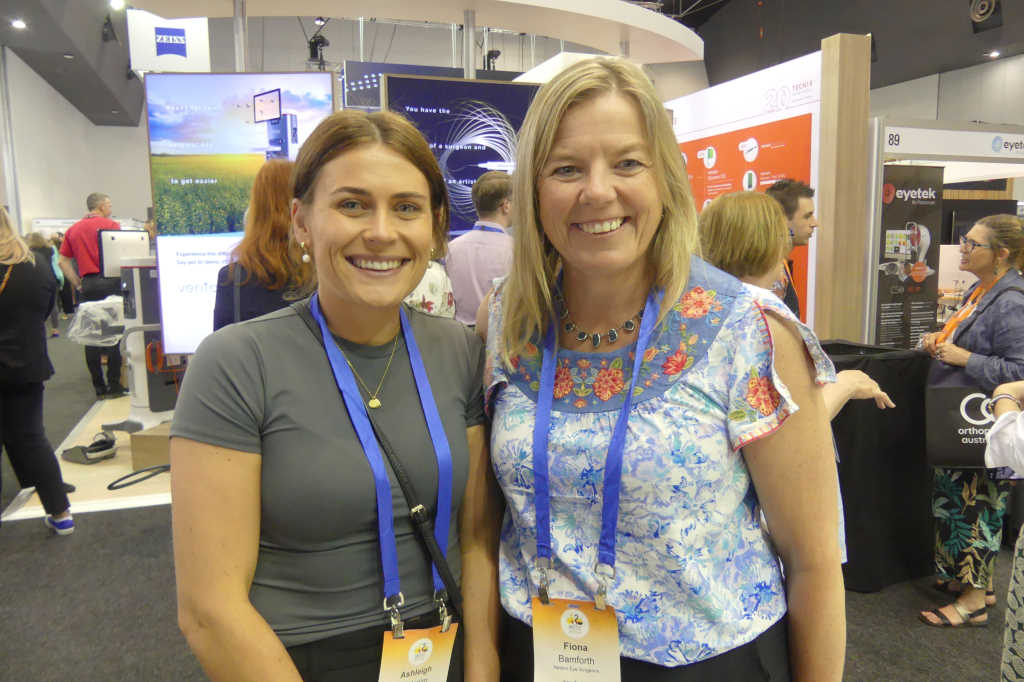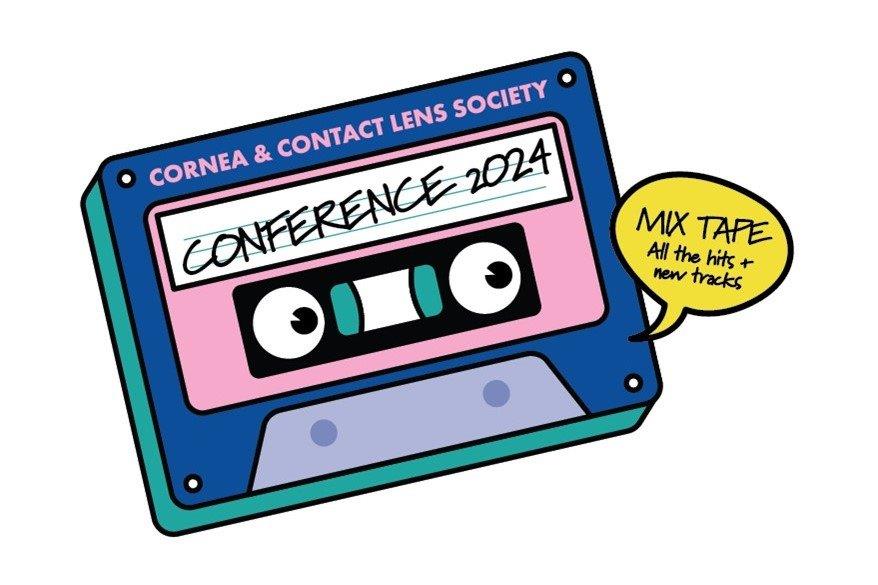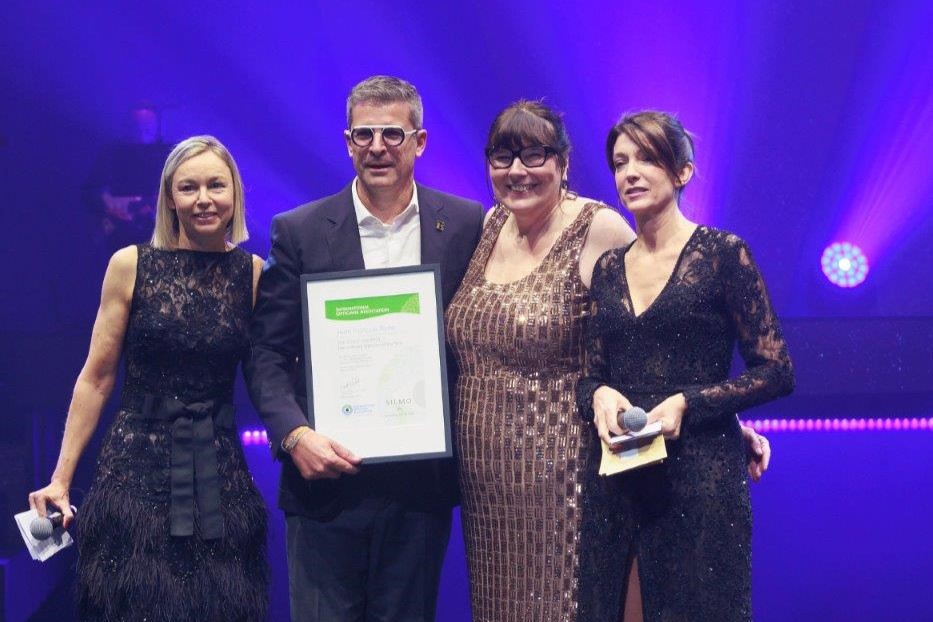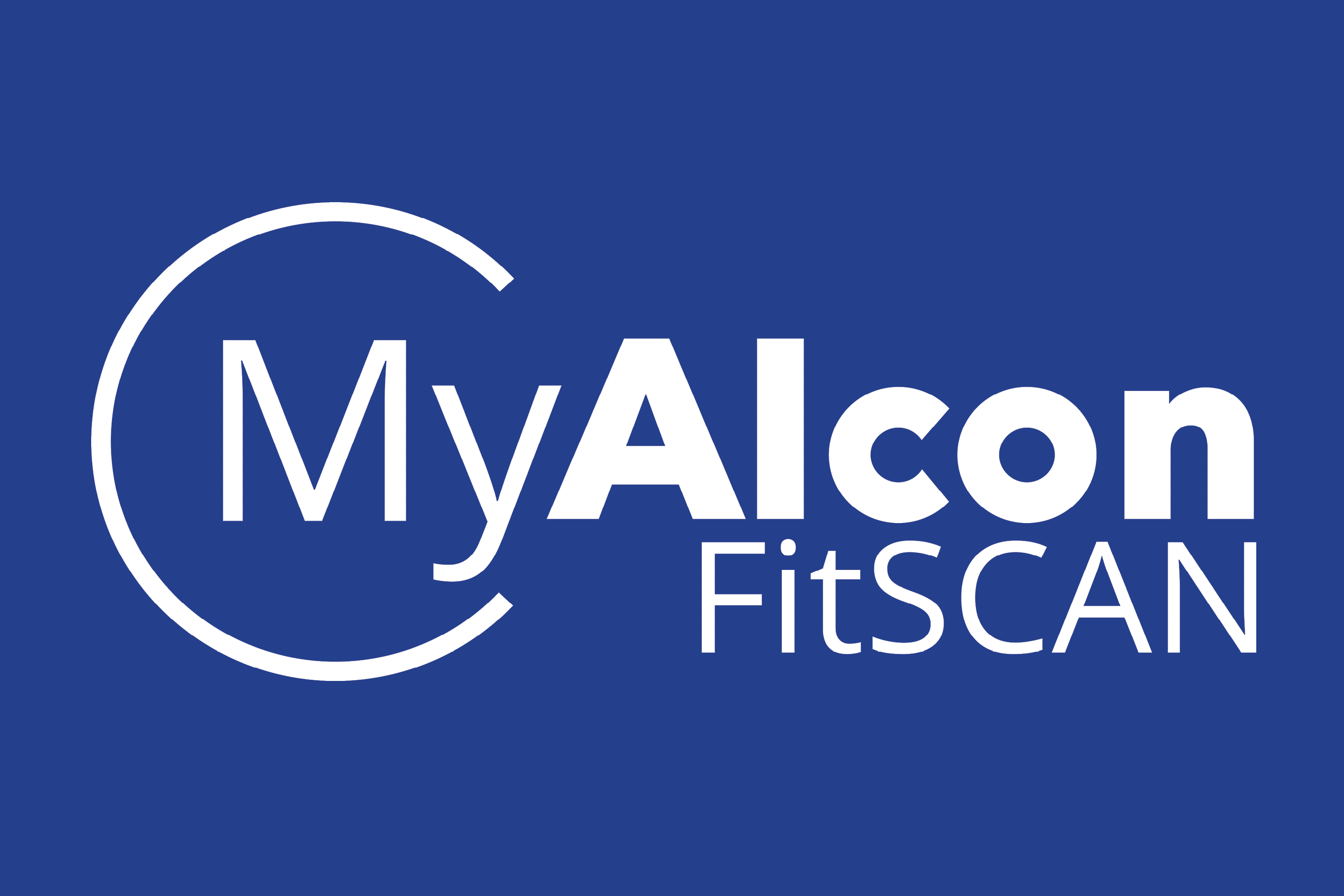Envisioning a collaborative future
The theme of the 79th Orthoptics Australia (OA) Annual Conference was ‘Equitable eyecare for all’, which was certainly reflected in Telethon Kids Institute’s Dr Lynne Millar’s opening address. Dr Millar highlighted the importance of understanding why some people disengage from the health system and the value of collaboration with people from diverse backgrounds and local organisations to think outside the box and “reach the hard to reach”.
Delegates heard from several excellent speakers who are well known for their contributions in this area and in Indigenous eye health, including Rosamond Gilden, chair of OA’s Aboriginal and Torres Strait Islander committee, and Professor Hugh Taylor, a founding director of the Centre for Eye Research Australia (CERA). Royal Victorian Eye and Ear Hospital’s (RVEEH’s) Kylie Robinson and Fred Hollows Foundation Aboriginal eye health worker Kelli McGuinness presented their perspectives on the collaboration between the Victorian Aboriginal Health Service, the Australian College of Optometry and RVEEH to provide culturally safe eyecare services. These services demonstrate the value of orthoptics, ophthalmology and optometry professions working together to close the gap in Indigenous eye health.
Paediatrics and parenting
There was significant coverage of paediatric eye health, including a dedicated myopia symposium to dovetail with the RANZCO Congress’ extensive myopia content. The Perth setting meant the renowned Professor David Mackey, lead Australian investigator for the international Consortium for Refractive Error and Myopia, was able to share some fascinating insights into the condition’s genetics.
The theme of equitable access to eyecare was sustained through other presentations, including a case study shared by Louise Brennan, senior paediatric orthoptist at The Children's Hospital at Westmead, demonstrating the work of the Health Assessment for Refugee Kids clinic in Sydney Children’s Hospital Network. An evaluation of New South Wales’ (NSW’s) StEPS vision screening programme, presented by OA president Dr Amanda French, demonstrated good economic value comparable with other prevention programmes.
In the low vision session, occupational therapist with local sight-loss charity Visibility, Sinead Bryant, shared her thought-provoking insights about being a parent with low vision. She highlighted the importance of a collaborative and multidisciplinary approach to achieve her rehabilitation goals, such as being able to read bedside stories to her children using a modified OrCam headband.
Collaboration and future scope
Collaborative care was also a recurring theme. This included a presentation from Cathy Lewis, head orthoptist at Melbourne Royal Children’s Hospital (RCH), who demonstrated safe and effective collaborative care for conditions such as juvenile idiopathic arthritis, at the university optometry clinic Melbourne Eyecare.
Dr Connie Koklanis, associate professor of orthoptics at La Trobe University, discussed the university’s new student-led orthoptics clinic, which has optometrists on site three days a week to support clinical services. It is also supporting RCH to reduce waitlists through collaborative care arrangements, providing valuable paediatrics experience for orthoptics students.
I was also able to present my own collaborative research, in which an orthoptist and a social worker interviewed optometrists, people living with dementia and carers about their experiences with the routine eye examination and how eyecare could be made more accessible for people living with dementia. Our training course about dementia-friendly eyecare has been developed for optometrists, but it has future implications for orthoptic care, including a deeper focus on neurological conditions. This was eloquently demonstrated by orthoptist Thomas Ho’s presentation on the popular orthoptic-led neuro-ophthalmology clinic at Fremantle Hospital.
In this year’s education session, University of Technology Sydney’s Dr Kathryn Rose took us on a tour from past to present orthoptics education, prompting some thoughts about what lies ahead for our profession, and Dr French triggered some lively discussion with a highly interactive presentation on the scope of practice of orthoptists. A number of respondents to her Menti questions expressed a desire for orthoptists to lead clinics in binocular vision and strabismus, perhaps prompted by the excellent Patricia Lance lecture on this topic from NSW’s Lianne Wilcox, orthoptist owner of vision therapy and rehabilitation company Eyetreat. Wilcox covered a number of fascinating areas at this meeting, from neuro-orthoptics to paediatric practice.
Australian orthoptics clearly has some interesting directions and opportunities ahead, including embracing the allied health assistant role, utilised by professions such as speech pathology, and exploring how this could enable us to work at the top of our scope of practice while also expanding it. Importantly, it’s clear from this year’s meeting that we are increasingly thinking about how we can break down our professional silos and work towards shared goals of accessible and equitable eyecare for all. I left the conference feeling inspired and excited about what’s to come!
Dr Marianne Coleman is an orthoptist and clinical vision research fellow at the Australian College of Optometry’s National Vision Research Institute and the University of Melbourne’s Department of Optometry and Vision Sciences. She completed her PhD in amblyopic visual processing at Glasgow Caledonian University, is a member of the Orthoptics Australia research committee and is passionate about interdisciplinary clinical research.

















